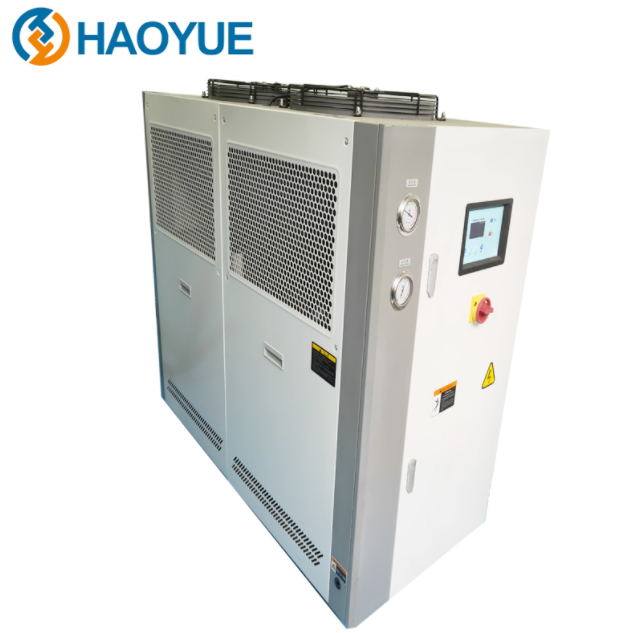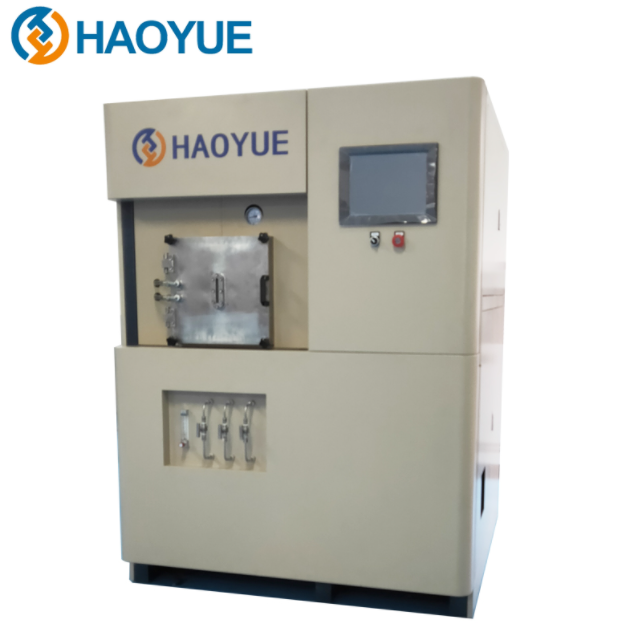Dec. 21, 23
Spark plasma sintering (SPS) is an innovative sintering process that is becoming a key enabling technology for processing a wide range of materials such as nanostructured materials, composites and gradient materials. Spark Plasma Sintering Furnace supplier shows you.
The SPS process is based on a modified hot pressing setup where an electric current flows directly through the pressing die (usually graphite) and the component. Very fast heating times and short process cycles can be achieved by pulsed currents and the "spark plasma effect".
This inhibits particle growth and the achievement of equilibrium states, thus allowing the creation of materials with hitherto unobtainable compositions and properties, submicron or nanoscale materials, and composites with unique compositions.
The main drawback of the technique so far has been the size of the samples obtained (Ø 250 mm) and their heterogeneity in large samples, due to the thermal gradients generated during the process.
Therefore, it is a technology conceived mainly for research and development purposes, with bottlenecks in its scalability.

High Temprature 2400C S2 Spark Plasma Sintering System
Spark plasma sintering is a new technology that takes only a few minutes to complete, whereas conventional sintering can take hours or even days to obtain the same results. Such high sintering rates are possible in SPS because, in contrast to the external heating seen in the case of conventional sintering techniques, high heating rates can be easily obtained due to the internal heating of the sample.
In addition, the sintering time in SPS is reduced due to the shorter holding time at the sintering temperature, which is typically 5 to 10 minutes, whereas in conventional sintering it may extend to several hours. Conventional furnaces typically achieve heating rates of 5 to 8°C/min and up to 10°C/min. Therefore, it usually takes 2 to 4 hours or more to reach a temperature of 1200°C, whereas in SPS heating rates in excess of 300°C/min are easily obtained, so that a temperature of 1200°C can be achieved in only 4 minutes.
A spark sintering method was investigated and patented in the 1960s for compacting metal powders, but was not widely used due to high equipment costs and low sintering efficiency. the concept was further developed in the mid-1980s and early 1990s with a new generation of sintering equipment called plasma activated sintering (PAS) and spark plasma sintering (SPS).
These systems have in common the use of pulsed direct current to heat the sample. It has been experimentally demonstrated that densification can be enhanced using pulsed DC currents or fields. This family of techniques is also known in academic circles as pulsed current sintering (PECS) or electric pulse assisted cementation (EPAC).SPS allows for the compaction of ceramic and metal powders at low temperatures and in short periods of time.

High-precision S200 Spark Plasma Sintering Furnace
Typically, SPS is performed in four main stages. The first stage is performed to remove gas and create a vacuum. Pressure is then applied in the second stage, followed by resistive heating in the third stage, and finally cooling in the fourth stage. When a spark discharge occurs in the gaps or contact points between the material particles, a localized high-temperature condition of tens to tens of thousands of degrees Celsius is generated instantaneously.
This causes evaporation and melting on the surface of the powder particles in the SPS process and the formation of a neck around the contact area between the particles. On the other hand, SPS is not only a binder-free process but also does not require a pre-pressing step. The powder is filled directly into a graphite mold, through which an electric current is passed and pressure is applied, resulting in a fully dense material with excellent mechanical properties.
HAOYUE SPS furnace has the distinctive characteristics of a fast heating rate, short sintering time, controllable structure, energy saving, and environmental protection. It can be used to prepare metal materials, ceramic materials, composite materials, nano block materials, amorphous block materials, and gradient materials. Please contact us if you have any questions.